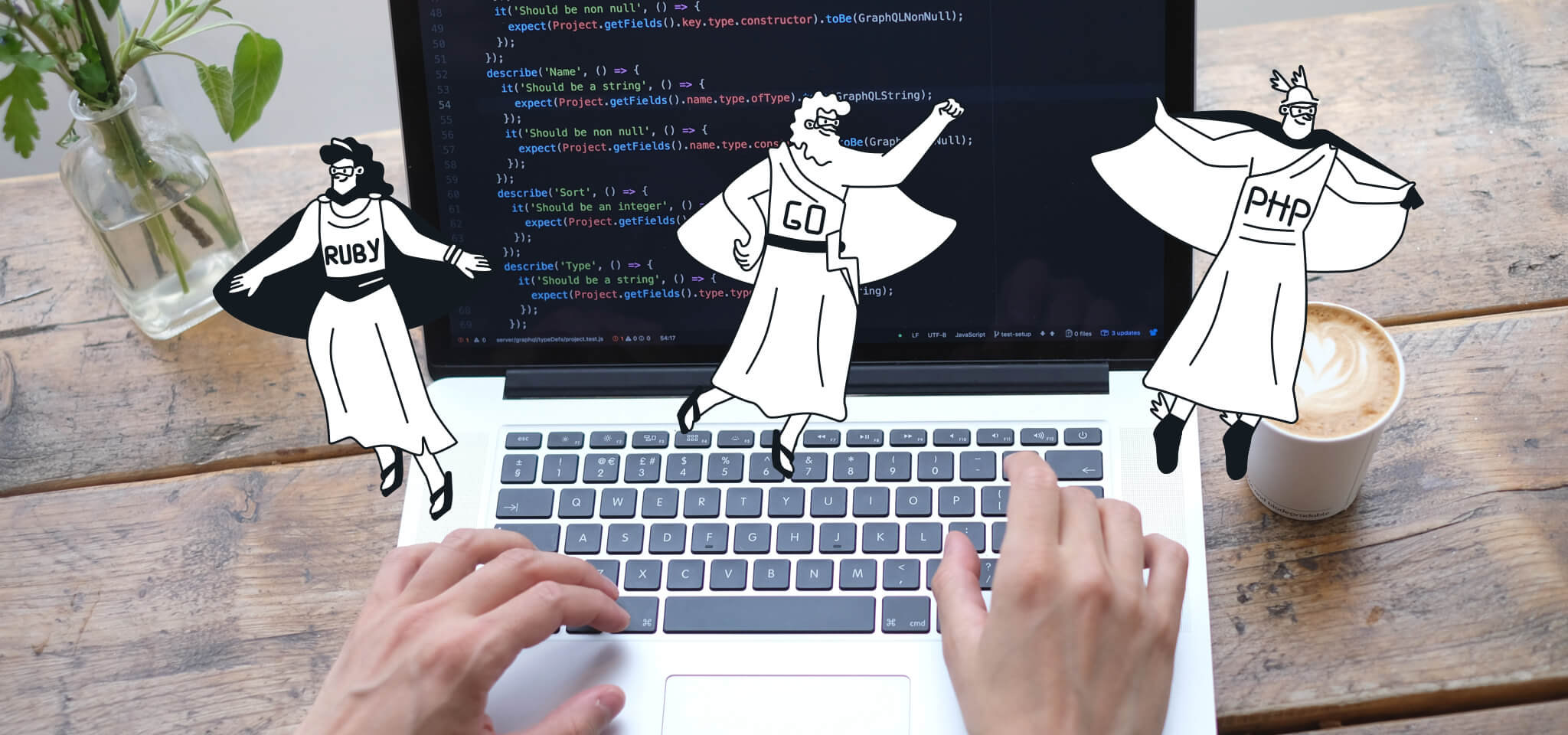Development
Solving big startup problems with email: The Square Case

PUBLISHED ON
Maybe you didn’t get the news? Oh, I’m sure you did. The creator of Twitter has just launched a service to send money by sending an email. At Mailjet, we are very excited each time somebody innovates with email. In fact, we believe that Square teaches us an excellent lesson :) Here’s why.

Email drives innovation but is often neglected
At hackathons, developers often go straight to the sexy (and also excellent) Soundcloud and Instagram APIs. Most hackers don’t think an email API has a cool hack potential. But you can be very inventive with email. We try to change this perception.
Actually, one of our Developer Evangelists recently won a hackathon in Berlin: his hack was an “authorize a payment by email” app. It’s called PayForMe and allows you to buy something without paying it directly. The transaction is effectively approved and executed by a third party, and the validation process is completed by email. Children or employees who want to buy something, but who don’t necessarily have access to a credit card would love this.
Email is just waiting to be harnessed: the potential is huge.
What’s really disruptive in this Square Cash story
This new service is surprisingly intuitive: I send you an email, I cc cash@square.com and there you go. You will receive a confirmation to cash in the money.
Did you notice? The best innovations always seem to come with the feeling that “how come it didn’t exist before”. Often, it actually did exist before. Square Cash might not be the first to offer a “send money by email” service. But they are different.
Facebook was not the first social network and Google was not the first search engine. Concepts don’t really matter. The execution is not key either. What matters most is the user experience. From this perspective, it’s the first time ever that you can send money just by sending an email. Literally.
WYDSIWYG: What you DON’T see is what you get
The creator of Twitter innovates with email. Ironic? No, iconic.
Look at Twitter’s concept: 140 characters. Look at Square’s hiring catchphrase: “come simplify the complex.” Simplification turns out to be Dorsey’s number one objective. He knows it’s the real challenge.
That’s why he says things like: “it”s really complex to make something simple.” I bet he is a fan of Saint-Exupery, who once wrote “perfection is achieved, not when there is nothing more to add, but when there is nothing left to take away.” Could be Dorsey’s motto.
Bottom line is: Square is all about hiding the complexity of a financial transaction. The service’s core user community is composed of coffee shops and organic farms who crave for simplicity. It was therefore logical to use the Simple Mail Transfer Protocol (SMTP...).
The best thing about this choice? Well, it solves two massive startup problems at once.
Bypass the change aversion problem
A friend of mine launched a very cool payment app in France: you can send or receive money by scanning a QR code. The process is very fast, super easy and oversimplified. Still: the users need to change their habits. This is doable but as Dorsey knows “payments are very intimate.”
Sending money is all about feeling secure. If the user can make a transaction from his everyday email client, the so called “new habit” becomes an obvious one. To ensure the experience is “intimate,” using the pre-existing UI was the best solution.
Yes, I insist: Square Cash is a product that uses a pre-existing UI.
Cherry on top: everybody knows how to send an email. So their “getting started” section is probably one of the shortest ever. Coincidently, this approach allowed Square Cash to even remove the sign-up barrier!
But this is “only” from the user point of view, these choices are also great for business.
Solve the chicken and egg problem
You probably know about network effects: if only one person in the world has a telephone, then telephone is useless because you can’t call anybody. If a few people have this kind of device, then the usefulness is limited. And so on. The more people have a telephone, the greater the value of this communication tool because at some point, you can call anyone.
Network effects always come with the chicken-egg problem: how do you get your first users, knowing that your tool is almost useless at the beginning? Dorsey is aware of this challenge: he launched Twitter. He solved this paradox once, with a few good tactics and some… luck: a lot of the first Twitter users were actually opinion leaders: either celebrities or journalists. These people are key when you want to fill an empty room. Obviously, the same recipe couldn’t be used for payments.
Before Square Cash, to send money to someone, you needed that person to install an app, create an account etc. Of course you needed to do the same on your side. The value of the existing solutions increased with the number of people having the app installed and configured. But the hockey-stick growth necessary for these products to really take off simply wasn’t there.
Email solves this problem as it’s used by everyone. You can send money to anyone who has an email address. No need to wait for them to configure something. Square solved the chicken-egg problem with email.
Sure, you need to enter your credit card details at some point. But you only do it one time and more importantly: it’s not the first thing you do. I repeat : to send money, you first send an email. Once you get the confirmation, you are already engaged and using the Square Cash product.
Email: we just need to get it right
There is always a strong ambivalence in how people perceive email. Jeff Atwood once described it as being “the cockroach of communication mediums: you just can’t kill it.” People love and hate email at the same time.
This is not rational: email is a medium, it’s not the emails that you receive everyday. Just like TV is not “reality TV shows”.
Plus, we’re no longer in 1999: anti-spam filters are now ultra-powerful. If you are using a decent service you don’t get overflooded by messages you don’t want. True, the strength of email comes with weaknesses: when something is easy to use, it’s easy to abuse.
Abusers are either professional spammers or candid senders who don’t know about the rules. At Mailjet, we do a lot to spot the bad guys and educate the senders. We explain how to use email the right way, with the help of APIs and real time feedback loops.
So yes, 40 year old email still drives innovation
Once you understood email is a medium, you can leverage it to build great products. Square Cash is an awesome example. But there are some others.
Look at the blogging platform Posthaven for example: “post by email done right" is key in their value proposition. You send an email to publish a blog post. Isn’t that a smooth way to do this? Your CMS is your email client. People are astonished when they see that email is a key element for their product. Then they think about it and realise how convenient and cool it actually is. Eventually, they wonder why nobody did it before (actually as stated previously, some services were probably doing it before, but they didn’t offer something as simple as this).
Fun fact is we often face this kind of reaction, even with Mailjet: “who could have thought that delivering email could be the mission of a startup?” We get this a lot. Well, because of these aforementioned elements, now you understand: email drives a lot of powerful startup products. Maintaining an SMTP server often becomes a full time job (anti-spam filters have their downsides), so creating Mailjet made a lot of sense.
At Mailjet, we’re pretty sure this Square Cash thing is going to inspire all the hackers at the next hackathons we go to ;)
[ Posted Mon, 21 Oct 2013 16:05:43 ]





